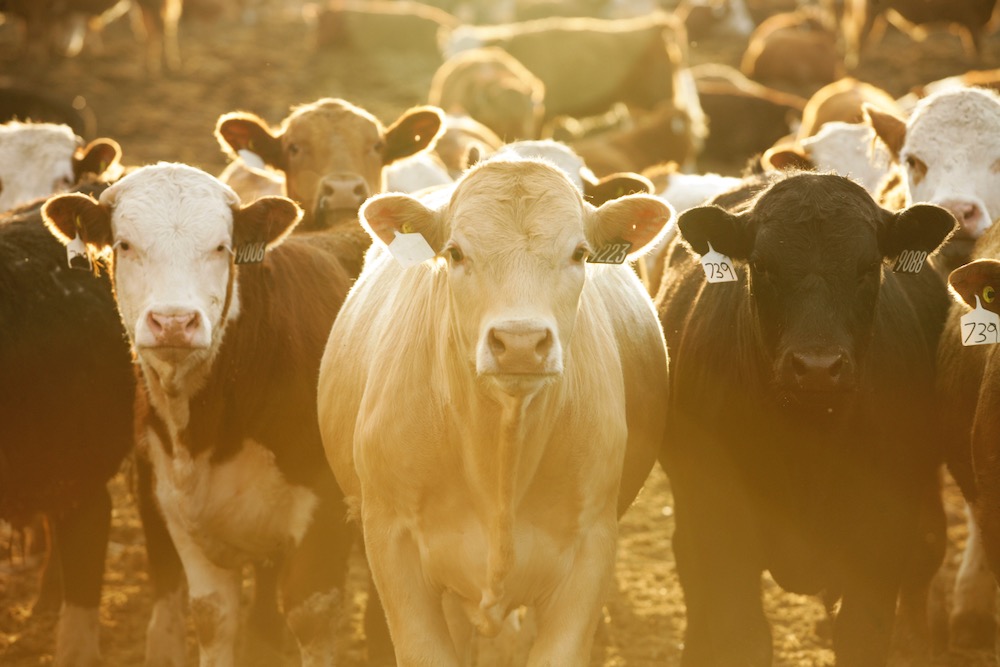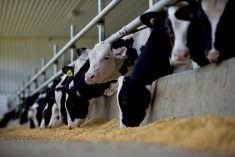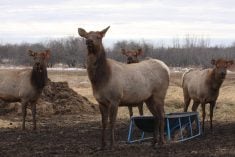Ontario’s economy can expect to take a bath of around $150 million annually from the development of its corn ethanol sector, the George Morris Centre warns in a new report.
The Guelph-based ag think tank said in a report Tuesday that a $150 million net cost to the economy will be borne mostly by the province’s pork and beef industries.
“Rapid development of ethanol production capacity in Ontario could lead to a permanent import pricing basis for corn, which would undermine the basis for cost-competitive pork and beef industries, and induce dramatic downsizing,” the centre said in a release Tuesday.
Read Also

U.S. livestock: Cattle futures drop on Trump call for lower prices
Cattle futures on the Chicago Mercantile Exchange dropped sharply on Wednesday, reacting to comments from United States President Donald Trump…
“As it stands, Ontario marketings of hogs and cattle have already outstripped the capacity of domestic corn to feed them, so downsizing is warranted,” Al Mussell, the report’s lead author, said in the release.
“But the appetite for corn from ethanol plants coming on line in the near future is immense, and backed by subsidy,” said Mussell, a senior research associate for the Morris centre. “The export-based red meat industry in Ontario will be unable to compete for corn with ethanol, and the firm import pricing basis for corn that results will decimate the red meat industries.”
“The net cost of the reallocation of corn from red meats to ethanol was estimated using enterprise models to estimate contribution margins in pork production, beef production, and ethanol production,” the report said.
“The results show that the combined effect of reductions in hog
and cattle marketings, as expressed by forgone beef and pork contribution margins, and ethanol contribution margin losses anticipated for 2009, amounts to $148 million to $156 million per year.”
“Self-injury”
“Even when we force the maximum feasible inclusion rates of (distillers dried grains) into livestock rations, the implied shrink in hog and cattle marketings that would return Ontario to competitive corn basis levels is simply dramatic,” said Graeme Hedley, an associate with the centre, in the centre’s release.
Even at an expected $148 million to $156 million per year in adjustment costs, Mussell said, “our results only scratch the surface, as we have not included losses or asset devaluation in feed, veterinary, or animal breeding.”
The report’s findings would also suggest a cautionary tale for Western Canada, he said. “The bottom line is that this will result in a very hard landing for red meat segments in Eastern and Western Canada, based on our current course.”
“The literature on the development of ethanol manufacturing in North America has been
dominated by debates regarding the relative environmental merits of ethanol,” the report said.
“Alleged
environmental advantages notwithstanding, this study suggests, based on measurable costs
and benefits, that ethanol production from feed grains represents significant economic
self-injury to the Canadian economy. The red meat sector and its supporting industries
are the principal victims.”
Mussell and Hedley co-authored the report with centre researchers Kevin Grier and Anatoliy Oginskyy.











